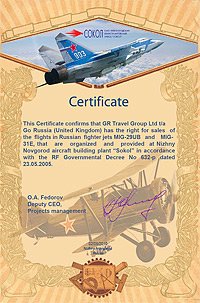 |
 | ||
| +44 (0) 20 33 55 77 17 | Call me back | Chat online | |
Soyuz-TMA Spaceship - manned missions to the International Space Station
| Overview | Manned Mission | Cargo Mission | Tour Inclusions | Baikonur | Soyuz Spacecraft |
Soyuz-TMA Spaceship Overview
The Soyuz-TMA is the latest of the series of Soyuz spacecraft used by the Russian Federal Space Agency for manned missions designed by OAO Korolev Rocket and Space Corporation Energia also known as RKK Energia.
The TMA version (T - meaning transport, M - meaning modified, A - meaning anthropometric) was designed for use as a spacecraft for the International Space Station and it incorporates several changes to accommodate the NASA requirements:
The basic modifications of the Soyuz series spacecraft include more latitude in the height and weight of the crew (hence the name “anthropometric”) and improved parachute systems to increase the crew protection level from shock loads by decreasing landing speeds and improving shock-absorption of the chairs. The Soyuz-TMA version also incorporates two new amber cockpit displays.
The spaceship can deliver three members of the crew and up to 100 kg of payload to the station and return up to 50 kg. Soyuz-TMA looks identical to the earlier versions on the outside.
Soyuz TMA spaceship consists of three main parts (from left to right, see below):
- spheroid utility module
- small aerodynamic landing module
- cylindrical service module with solar panels attached
| Souyz-TMA General View | Souyz-TMA Plan |
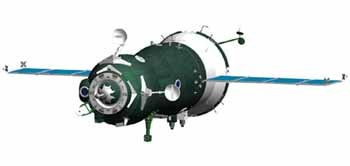 |
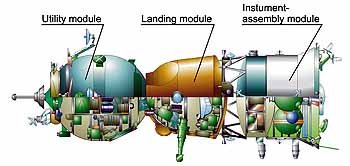 |
Utility Module
The orbital module (habitation section) houses all the equipment not required for landing (experiment tools, cameras or other cargo). Commonly, it is used as normal habitation and control section by the cosmonauts. .
Landing Module
The landing module is used for bringing cosmonauts back to the Earth. This section of the spacecraft is by special heat-resistant materials protecting it during landing. When landing the module is naturally slowed by the atmosphere and then by a parachute. Soft landing is achieved through launching just above the ground solid-fuel braking engines.
Instrument Module
The service module is located at the back of the spacecraft featuring systems for temperature control, electric power supply, communication and orientation equipment, engines for maneuvering in orbit and initiating the landing.
To read more about Soyuz-TMA please visit http://www.energia.ru/eng/iss/soyuz-tma/soyuz-tma.html
Progress Cargo Spaceship Overview
The Progress is an unmanned resupply spacecraft designed by the Russian OAO Korolev Rocket and Space Corporation Energia. It is currently used to bring supplies and fuel to the International Space Station, but was originally used to supply Soviet space stations. It has also the ability to raise the station altitude and control its orientation.
Progress is an automated, unpiloted version of the Soyuz-TMA spacecraft and features three main blocks: Cargo, Refueling and Instrument Modules.
Cargo Module
The Progress Cargo Module is similar in construction to the Soyuz Utility Module. The crew enters the module through the docking hatch. After removing the cargo, the module is filled with waste which will burn up with the spacecraft when it reenters the atmosphere. The module can hold about 2,000 of cargo
Refueling Module
Instead of the Soyuz-TMA Landing Module the Progress features a Refueling Module with several fuel tanks. The fuel can be transferred to the International Space Station via special fluid connectors located in the docking ring. The fuel can also be used by the spacecraft engines to correct the station altitude and orientation
Instrument Module
The module is similar to Soyuz-TMA Instrument sector and contains all necessary electronic equipment, avionics and other control systems.
Soyuz Launch Vehicle Overview
The Soyuz-FG is the main launch vehicle used by the Russian Federal Space Agency to launch Soyuz-TMA manned spacecraft and Progress Cargo Missions to the ISS.
Souyz-FG is a three – stage rocket designed and constructed by the Russia TsSKB-Progress in Samara. Its height is over 42 meters, diameter - 10.3 m, weight - over 300 000 kg.

Source: TsSKB-Progress
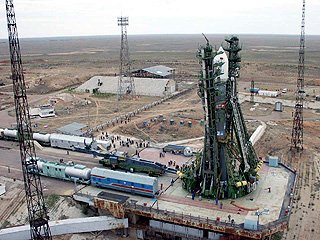 |
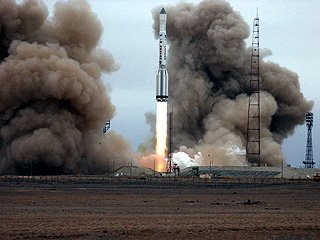 |
